
All categories
Featured selections
Trade Assurance
Buyer Central
Help Center
Get the app
Become a supplier

(1181 products available)











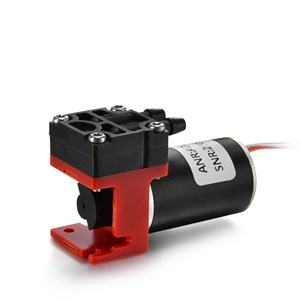







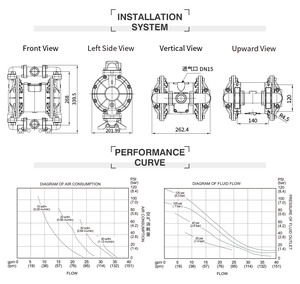




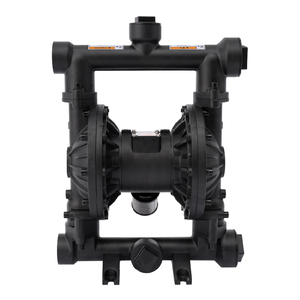
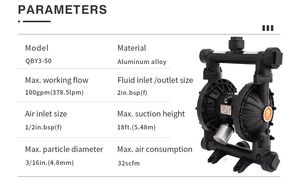



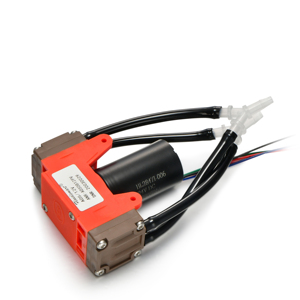





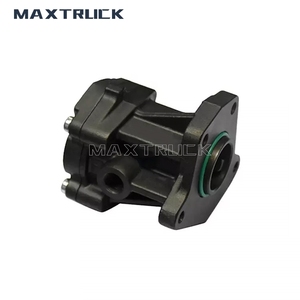








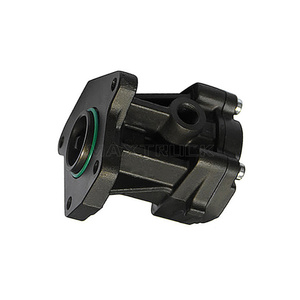
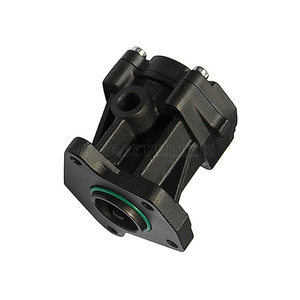







A man feed pump is a mechanical device used to move fluids, mostly water, from one place to another. It uses an external source of power like a water turbine, electric motor, or combustion engine to create the pressure and flow required to transport the fluids through pipelines. There are several different types of man pumps with each one suitable for different applications. Here are a few of them:
Centrifugal man feed pump
Centrifugal pumps are the most common type of man feed pumps. They are widely used due to their simple construction and design as well as their ability to handle a variety of liquids. The key component of a centrifugal pump is the impeller which rotates at high speed. The rotation of the impeller creates a centrifugal force that pushes the liquid towards the outer edge of the pump casing. This action reduces the pressure at the center of the pump, and the liquid is drawn into the pump through the inlet and expelled through the outlet. Since the impeller continuously pushes the liquid, centrifugal man feed pumps provide a constant flow rate. They are ideal for applications such as irrigation, water supply, boiler feed, and chemical processing.
Positive displacement man feed pumps
Positive displacement pumps are designed to trap a fixed volume of liquid and displace it through the pump with each cycle. They work by reducing the volume of the pumping chamber which forces the liquid in the chamber to move out through the outlet. Positive displacement pumps can handle thick liquids and are commonly used in applications that require precise dosing and metering.
Submersible man feed pumps
Submersible pumps are designed to be submerged in the liquid they are pumping, usually in a well or a borehole. These pumps play an important role in raising groundwater to the surface for irrigation, drinking water supply, and industrial use. The pump is tightly sealed to prevent any liquid from entering the motor and damaging it. Submersible pumps generate enough pressure to push the water through the rising main to the surface.
Solar-powered man feed pumps
Solar-powered pumps are designed to be powered by energy from the sun. They are very efficient and have a low operating cost, with no additional energy costs. Solar-powered pumps are useful in remote areas where there is no grid power connection. The solar panels convert sunlight into electrical energy, powering the pump during the day. These pumps are commonly used for irrigation, livestock watering, and water supply in remote areas.
Vertical turbine man feed pumps
Vertical turbine pumps are designed with a vertical shaft and multiple stages of impellers arranged in a vertical manner. They are commonly used for applications that require pumping water from deep sources like groundwater extraction, cooling water supply, and fire protection systems. The vertical turbine man feed pump is typically mounted on a concrete pad above the liquid source, with the inlet extending down into the liquid.
Check out the following specifications when sourcing for feed pumps:
Proper maintenance is essential for man feed pumps. Here are some maintenance requirements:
Choosing the right MAN engine feed pump for a particular application requires careful consideration of several factors:
Application Requirements
The intended use of the pump is essential. Consider the type of liquid being pumped, such as its viscosity, temperature, and chemical properties. Additionally, consider the required flow rate and pressure for the application.
Pump Type
Several types of pumps are available, each with advantages for specific applications. Options include gear pumps, vane pumps, and piston pumps. Research the best type for the intended use to ensure optimal performance.
Size and Capacity
The size of the feed water pump is critical to its performance. Selecting a pump too small will cause inadequate flow, while an oversized pump will result in excessive energy consumption and potential system damage. Use the application requirements to determine the correct size.
Material Selection
The pump's construction material should be compatible with the liquid being pumped. Consider corrosion resistance, abrasion resistance, and durability when selecting materials to ensure the pump's long life and reliable operation.
Energy Efficiency
Consider the pump's energy consumption and efficiency. Energy-efficient pumps can significantly reduce operating costs, mainly if the pumping system is used continuously or frequently.
Installation and Maintenance
Consider the ease of installing and maintaining the pump. Some pumps require more complex installation and regular maintenance, which can add to the total cost of ownership. Choose a pump that is easy to install and maintain to minimize downtime and reduce expenses.
Noise and Vibration
Some pumps can operate with high levels of noise and vibration, which can be a problem in certain settings. Consider the pump's noise and vibration levels, and select one that meets the application's requirements.
Brand Reputation
Consider the reputation of the pump manufacturer. Look for companies known for their quality products, reliability, and excellent customer service. A reputable manufacturer can ensure the pump's performance and provide support if needed.
Replacing a pump is not as easy as it sounds. The process requires a lot of attention, patience, and precision. Here is how to replace man feed pumps:
Prepare
To prepare for the replacement, users should read the pump replacement manual. The manual has all the details regarding the specific pump being replaced. Also, the area around the pump should be clean, and all safety precautions should be taken. The power supply to the pump should be disconnected, and the water lines should be drained. The water lines should be inspected to ensure there is no water or moisture before beginning the replacement process.
Remove the old pump
First, the piping connected to the old pump is disconnected. Users should make sure to take note of how the piping was connected, as this will help them reconnect it later. Then, the pump's electrical connections are also disconnected. After that, users should loosen the bolts or nuts securing the pump and carefully remove it from its mounting.
Install the new pump
The new pump should be positioned and aligned to fit in the mounting area. After that, users should connect the electrical connections and then secure the pump to its mounting using bolts or nuts. They should connect the piping according to the notes taken during the disconnection process.
Final checks
Users should ensure all connections, both piping and electrical, are secure and leak-free. They should also check the pump's alignment and adjust it if necessary. After that, the system should be filled with water, and the pump should be primed according to the manufacturer's instructions. Finally, the power supply to the pump should be reconnected, and the pump should be started. Users should monitor its operation and check for any leaks or unusual noises.
Q1: Where is the man feed pump used?
A1: The man feed pump is mainly used in the mining industry to pump slurry. Slurry is a mixture of solid particles and water. The pump is designed to handle the abrasive and corrosive nature of the slurry.
Q2: What are the benefits of using a man feed pump?
A2: The benefits of using a man feed pump include improved efficiency, reduced maintenance costs, and increased reliability.
Q3: Can a man feed pump be used for other applications apart from pumping slurry?
A3: Yes, the man feed pump can be used in other applications like wastewater treatment, chemical processing, and coal handling. The pump is suitable for any application that requires the transfer of abrasive and corrosive materials.